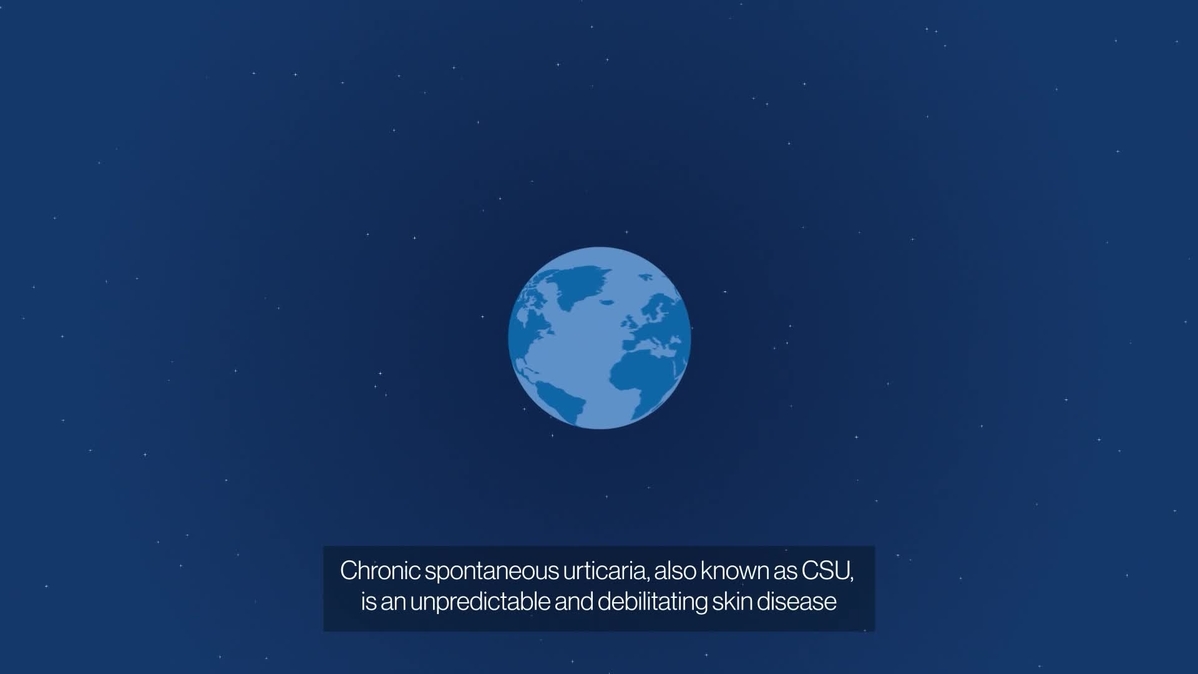Chronic spontaneous urticaria (CSU) is the medical term for chronic hives (rash/wheals) and/or deep tissue swelling (angioedema) that lasts for at least 6 weeks.1,5
CSU is an unpredictable and debilitating skin condition, where the underlying cause is often internal rather than exposure to any allergen or external trigger.1 It affects over 40 million people worldwide, and women are twice as likely to be affected than men.2,3 Living with CSU can be very distressing and it can have a severe impact on quality of life, including sleep and daily activities. 1,2,4
It’s possible to live a life with CSU without interruptions. Start a conversation about how itch affects daily life and overall wellbeing and find hope for a life less disrupted by CSU.


